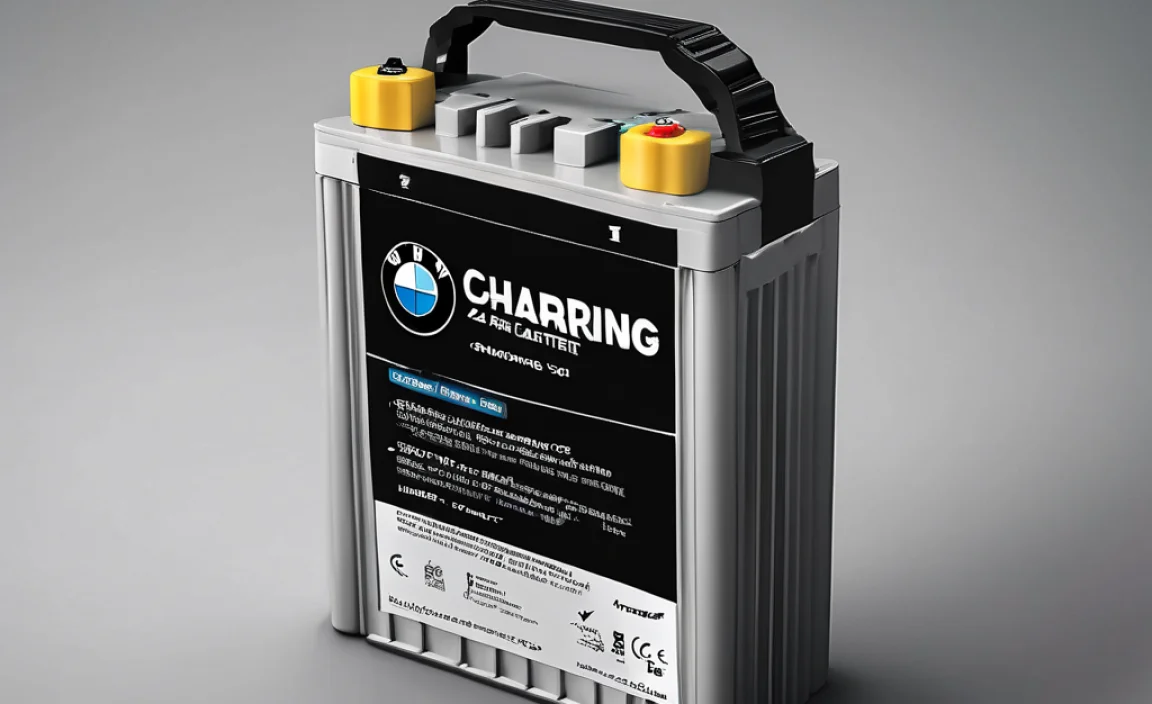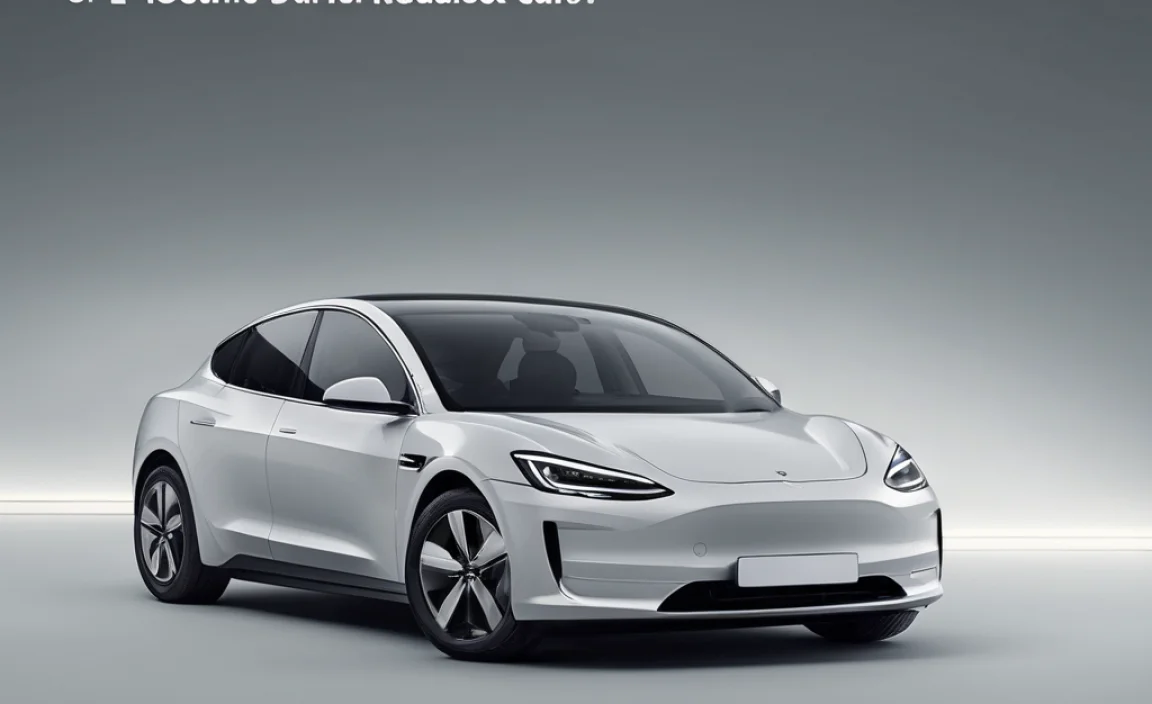Battery Charger: Best RC Car Power
Battery charger for remote control car systems are the unsung heroes of the RC hobby. Without a reliable and efficient charger, even the most advanced and powerful remote control car is ultimately tethered by its battery life. Choosing the right charger can significantly impact your enjoyment, the longevity of your batteries, and the overall performance of your RC vehicle. This isn’t just about plugging in a device; it’s about understanding the technology that keeps your hobby alive and kicking.
The world of RC car charging has evolved dramatically. Gone are the days of simple wall adapters that took hours to bring a battery back to life, often with little control over the charging process. Today, a sophisticated range of chargers exists, catering to different needs, budgets, and battery chemistries. From entry-level models to high-performance units favored by serious enthusiasts, the options can seem overwhelming. However, by breaking down the key features and considerations, you can make an informed decision that powers your passion.
Understanding RC Battery Chemistries and Their Charging Needs
Before diving into charger specifications, it’s crucial to understand the types of batteries commonly used in RC cars. The two dominant chemistries are Nickel-Metal Hydride (NiMH) and Lithium Polymer (LiPo). Each has its own charging requirements and safety considerations.
NiMH batteries are a older but still popular choice, known for their robustness and affordability. They are generally more forgiving of overcharging, though it can still degrade their lifespan. Standard chargers for NiMH batteries typically use a constant current, constant voltage (CC/CV) charging method.
LiPo batteries, on the other hand, offer higher energy density, meaning more power in a smaller, lighter package. This translates to faster speeds and longer run times for your RC car. However, LiPo batteries are also more sensitive and require careful charging. Overcharging or improper charging can lead to thermal runaway, posing a significant fire risk. Therefore, LiPo chargers are much more sophisticated, employing advanced balancing circuits to ensure each cell within the battery pack is charged to the same voltage. This is non-negotiable for LiPo safety.
Key Features to Look for in a Battery Charger for Remote Control Car
When selecting a battery charger for remote control car applications, several features stand out as being particularly important. Considering these will help you narrow down your options and find a charger that meets your specific needs.
Universal Compatibility and Cell Count
A good charger should ideally support multiple battery chemistries (NiMH, LiPo, and potentially others like Li-ion and LiFePO4). This offers flexibility, especially if you own or plan to own RC vehicles that use different battery types. Another crucial aspect is the supported cell count. RC car batteries come in various configurations (e.g., 2S, 3S LiPo, 6-cell NiMH). Ensure your charger can handle the cell counts of your existing and future batteries.
Charge Rate (Amperage)
The charge rate, expressed in amps (A), determines how quickly your battery can be charged. Higher amperage translates to faster charging times. For example, a 5A charger will charge a battery significantly faster than a 1A charger. However, it’s important to match the charge rate to your battery’s capacity (mAh) and its recommended charge rate. Charging a battery too quickly can overheat it and reduce its lifespan. Many chargers offer adjustable charge rates, allowing you to optimize for speed or battery health.
Discharge and Storage Features
Advanced chargers offer discharge capabilities, which can be useful for NiMH batteries to prevent the “memory effect” and for LiPo batteries to bring them down to their safe Long-Term Storage Voltage (LSTV). This feature helps maintain battery health and prolong their usable life. A storage charge function is particularly vital for LiPo batteries, as storing them at a full charge or completely discharged can damage them.
Safety Features
Safety should be paramount when dealing with RC car batteries, especially LiPos. Look for chargers with built-in safety features such as overcharge protection, reverse polarity protection, short-circuit protection, and temperature monitoring. For LiPo charging, a balance charging feature is non-negotiable. This ensures that each individual cell within the battery pack is charged to the correct voltage, preventing cell damage and mitigating fire risks.
Power Source: AC vs. DC
Chargers come in two primary power source types: AC (wall power) and DC (car adapter or external DC power supply). AC chargers are convenient for home use, plugging directly into a wall outlet. DC chargers are ideal for field charging, allowing you to charge your batteries from your car’s 12V socket or a separate deep-cycle battery. Some chargers are “dual power,” offering both AC and DC inputs, providing the ultimate in flexibility.
Choosing the Right Battery Charger for Remote Control Car for Your Needs
The “best” charger is subjective and depends entirely on your individual circumstances.
For Beginners and Casual Users: A simple, budget-friendly AC charger with basic NiMH and LiPo charging capabilities (up to 2S or 3S) will likely suffice. These are easy to use and provide a safe entry into the hobby.
For Enthusiasts and Racers: A more advanced, multi-chemistry charger with adjustable charge rates, a high maximum amperage, and reliable safety features is a worthwhile investment. Look for models that can handle higher cell counts (e.g., up to 6S LiPo) and offer features like AC/DC input and firmware updates.
* For Field Charging: A robust DC charger, or a dual AC/DC charger, is essential for charging batteries away from a power outlet. Consider models with high amperage output to minimize downtime between races or runs.
Investing in a quality battery charger for remote control car systems is not just about convenience; it’s about responsible battery management and maximizing the performance and lifespan of your RC equipment. By understanding battery chemistries, key charger features, and your own specific needs, you can ensure your RC car spend more time on the track and less time tethered to a charging cable.


